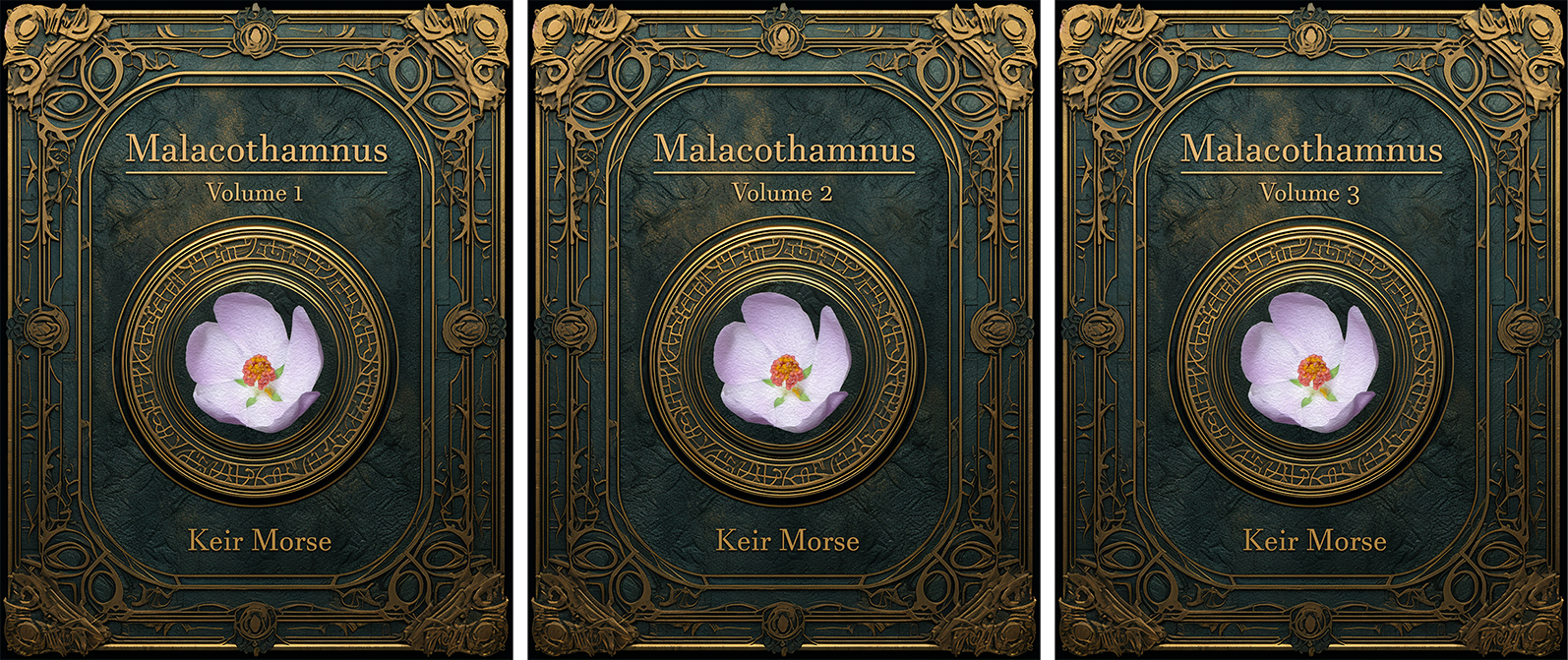
Malacothamnus
For my PhD research at California Botanic
Garden, I studied the genus Malacothamnus (Malvaceae),
commonly known as the bushmallows, which has several conflicting
taxonomic treatments and many rare taxa. I used a combination of
morphometric analyses, Restriction site Associated DNA Sequencing
(RAD-Seq), comparative phenology, and extensive field evaluations to
clarify taxon boundaries within the genus and evaluate the
conservation status of each taxon. The end result of this is a
three-volume open-access monograph on the genus. Most people will
only be interested in the third volume, which includes a new
treatment of the genus and conservation assessments. For those who
want to dig deeper, the first two volumes go into the details of the
evidence used in making the taxonomic decisions for the treatment.
Summaries and links for each volume follow:

Malacothamnus Volume 1 is a
morphological assessment of
Malacothamnus to clarify how
morphologically distinct previously described taxa and possible
undescribed taxa are. These analyses resulted in specimen groupings
with varying degrees of morphological and geographic cohesion, most of
which align with previously described taxa.
https://doi.org/10.6084/m9.figshare.23937048
Malacothamnus Volume 2 uses
phylogenetic analyses to test the morphological groupings from Volume
1 as hypothesized lineages. The resulting evidence from both
morphological and phylogenetic analyses are then used to make
taxonomic decisions for the treatment in Volume 3. Areas where further
research is needed are noted and three new species are described.
https://doi.org/10.6084/m9.figshare.23937051
Malacothamnus Volume 3 is a new
treatment of
Malacothamnus, which includes preliminary
conservation assessments of each taxon and natural history information
related to the genus. It also summarizes some of the findings in
Volumes 1 and 2 for those who do not wish to delve into the details in
those volumes.
https://doi.org/10.6084/m9.figshare.23937066
Videos: For a video summary of
this research, you can watch my 2020 presentation for the Southern
California Botanists Symposium here and/or my 2022 PhD dissertation
defense here. The 2020 presentation may be a better starting place if
you don’t know much about Malacothamnus but the 2022
presentation has more up to date information, though that is a bit out
of date relative to the monograph.


